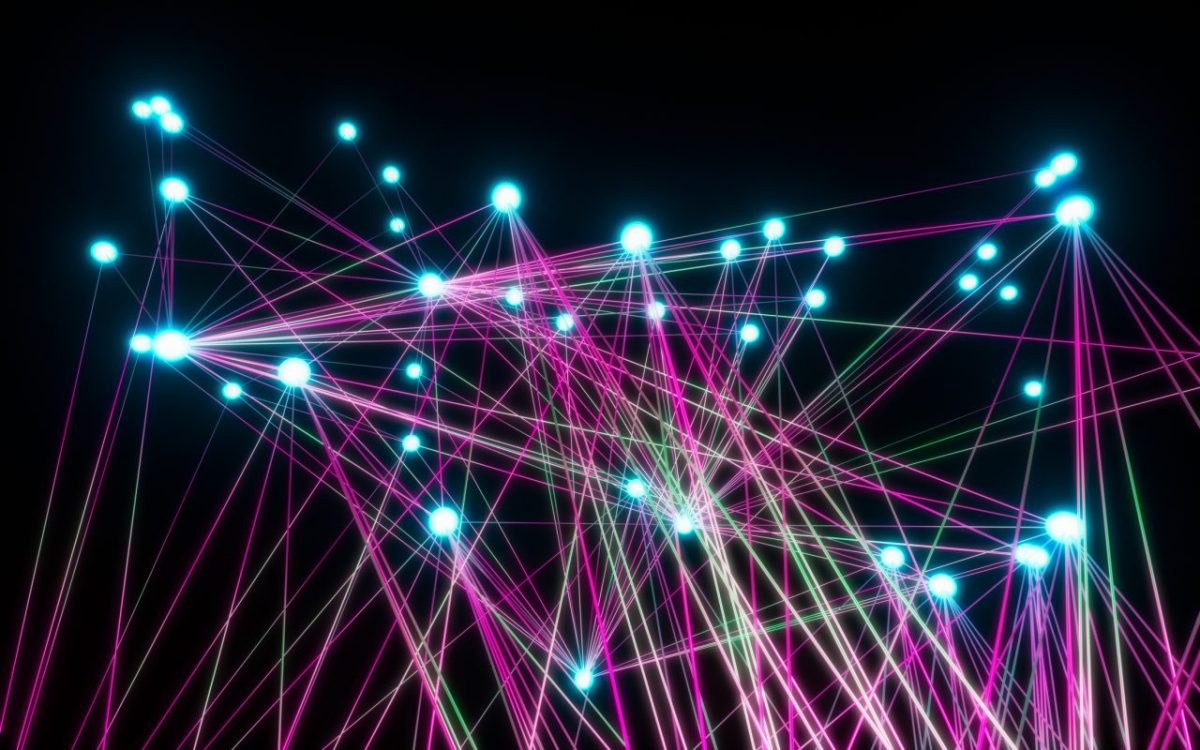Top 5 use cases for graph databases

Graph databases are becoming increasingly popular for data storage and retrieval due to their ability to represent and store intricate relationships between data points. This makes them useful for a range of different use cases. Here we’ll look at the top five use cases for graph databases.
-
Recommendation Engines – Graph databases provide an efficient way to store user preferences, items they’ve viewed or purchased, as well as other forms of user data. This can help create personalized recommendations for users based on their past behaviors.
-
Fraud Detection – Graph databases allow companies to identify suspicious activity by tracking relationships between entities. With this data, it’s possible to uncover patterns that could indicate fraudulent activity, such as attempts to open multiple accounts with the same information.
-
Network Analysis – Graph databases make it easy to understand complex networks. By analyzing connections between people, organizations, or devices, graph databases can provide valuable insights into how these networks work.
-
Knowledge Graphs – Knowledge graphs make it possible to quickly search through large amounts of data and surface relevant information. By creating relationships between data points, knowledge graphs act like maps that help users find related information quickly.
-
Social Network Analysis – Graph databases are perfect for analyzing social networks. They can be used to uncover hidden relationships among users, such as who might be influential or have large followings within a particular network.
Overall, graph databases offer powerful solutions for a range of use cases. They are particularly useful for analyzing and understanding relationships between data points, making them ideal for recommendation engines, fraud detection, network analysis, knowledge graphs, and social network analysis.
Read more here: External Link